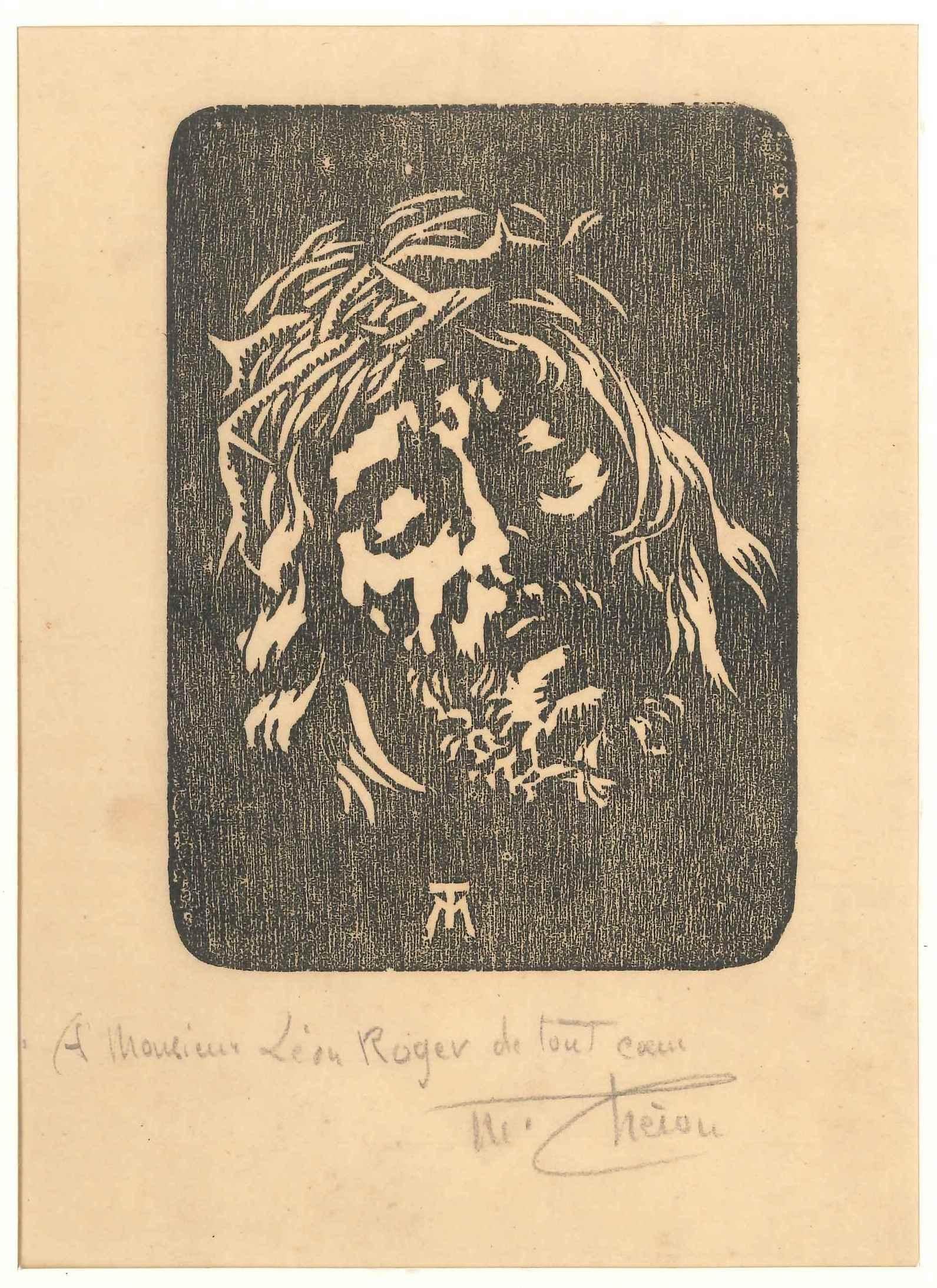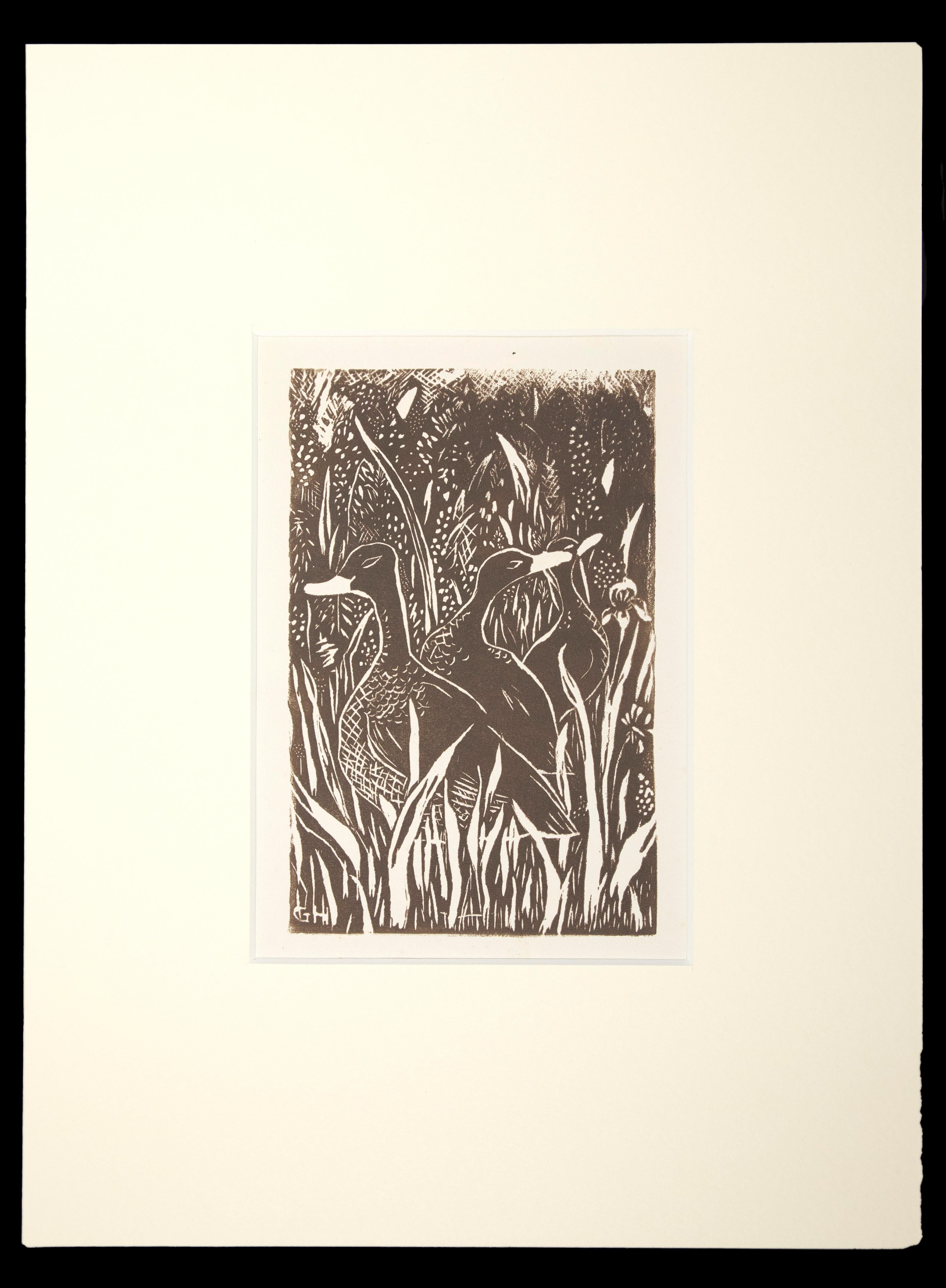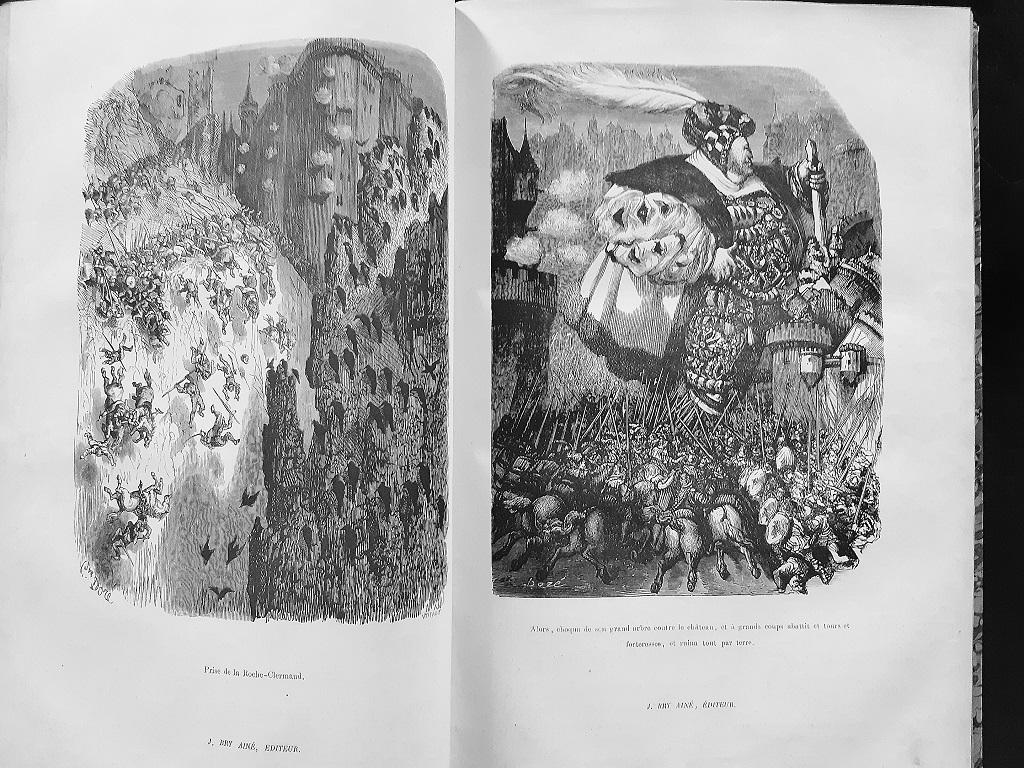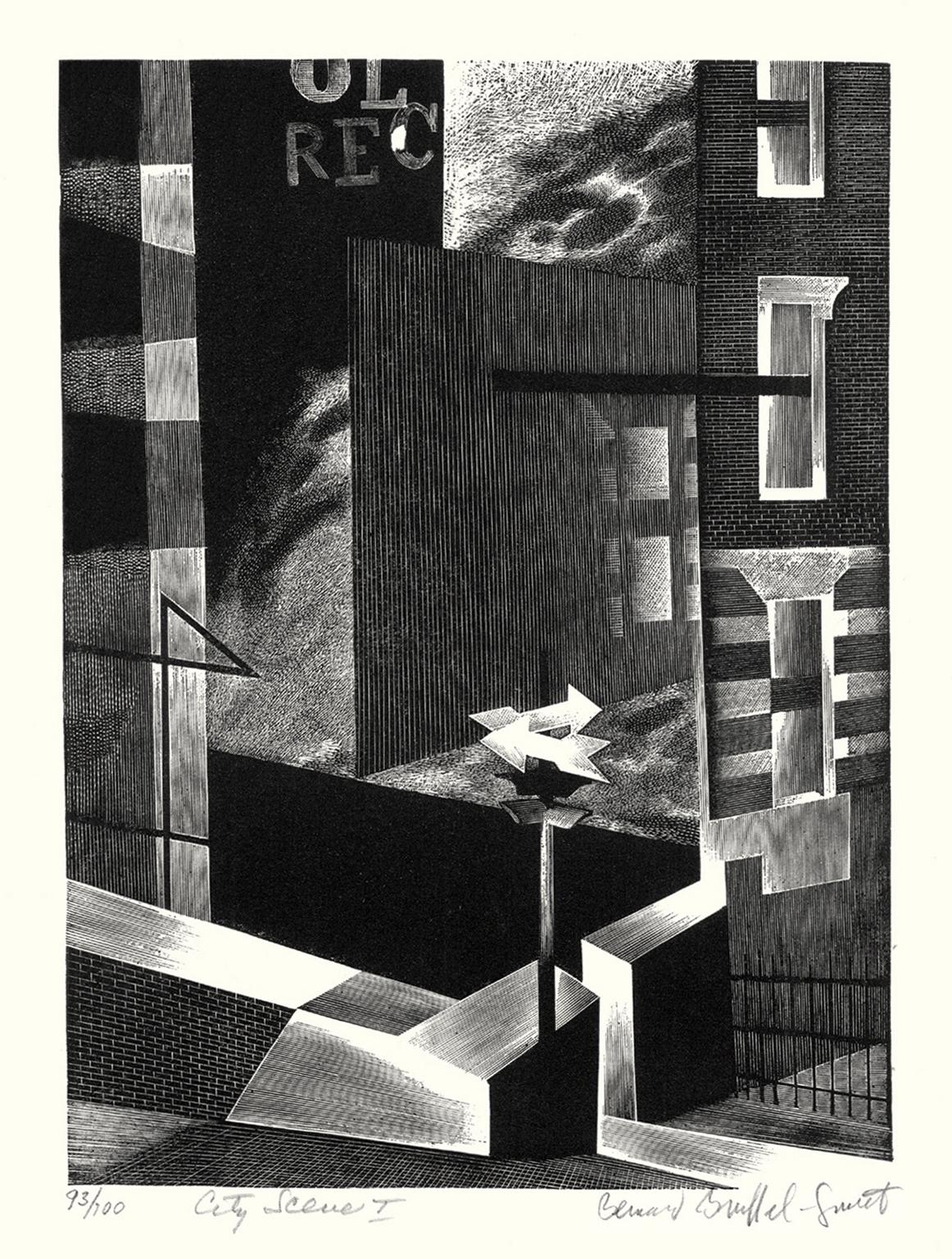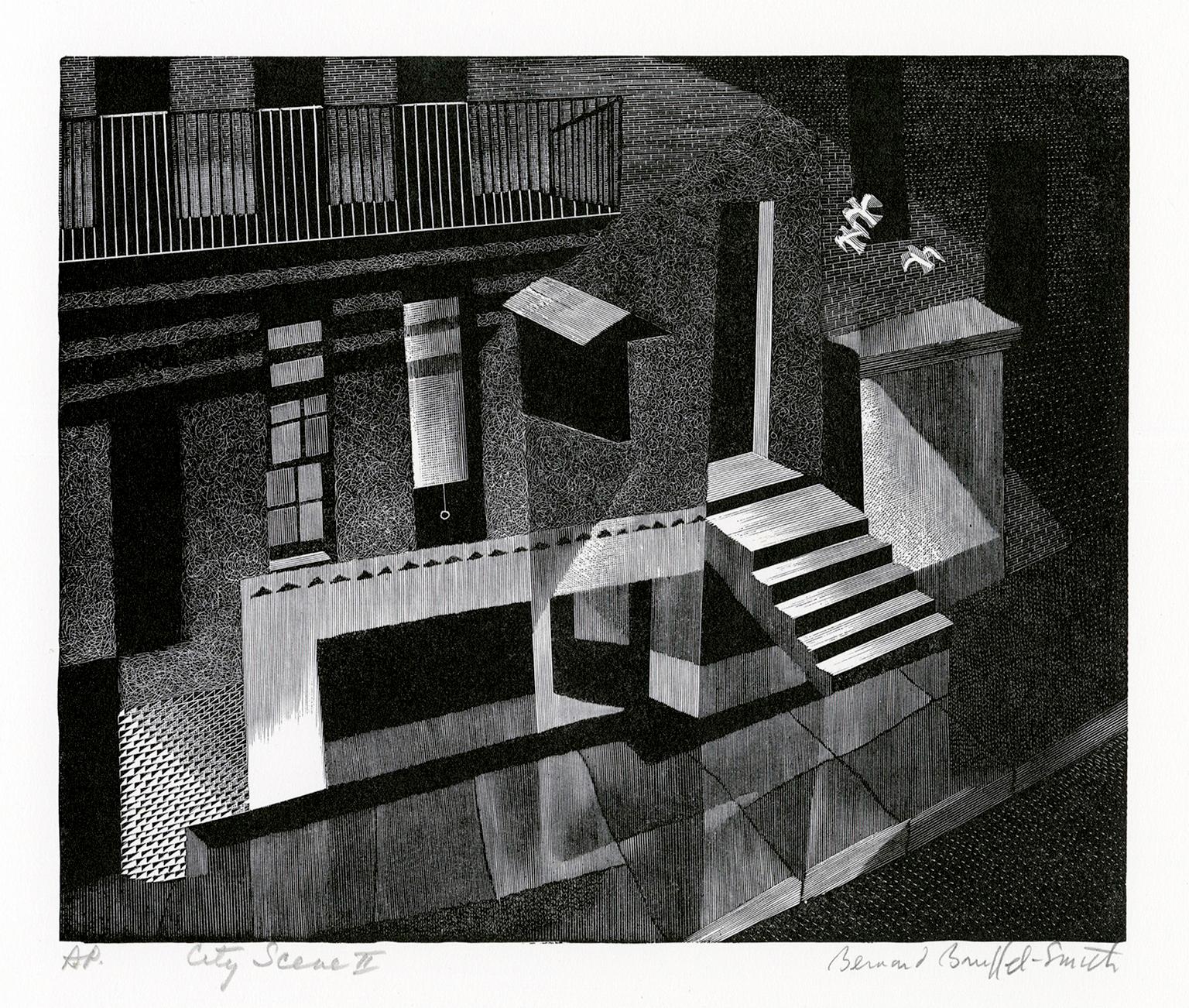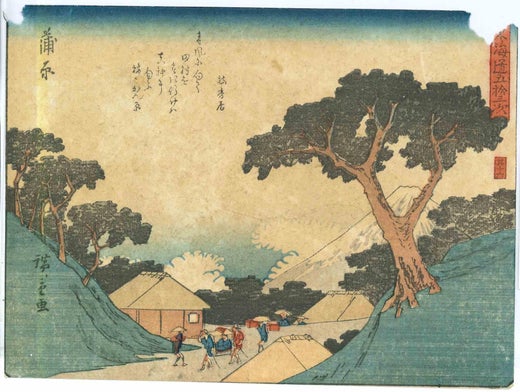Items Similar to Kambara - 53 Stations of the Tokaido - Woodcut by Utagawa Hiroshige - 1842
Want more images or videos?
Request additional images or videos from the seller
1 of 2
Utagawa HiroshigeKambara - 53 Stations of the Tokaido - Woodcut by Utagawa Hiroshige - 18421842
1842
About the Item
Kambara is a polychrome woodblock print (ink and colour on paper) by Utagawa Hiroshige (Japanese, 1797-1858). The plate n. 16, from the print suite Fifty-three Stations Along the Tokaido Road (Tôkaidô gojûsan tsugi no uchi), also known as the First Tôkaidô or Great Tôkaidô. Published by Takenouchi Magohachi (Hoeidô) during the Edo.
Signed on plate and in a cartouche “Hiroshige ga”???.
With the marks of the Censor's seal: kiwame ??:?
Horizontal Oban. In fair condition, with vivid colors, this plate has some visible aging signs (yellowing of the paper, discolorations and abrasions). Although some thinner areas and some lacks on the higher corners of the sheet, this ukiyo-e print has preserved still today its beauty and charme.
This plate, as well all the plates of the whole print suite, was designed by the ukiyo-e old master, Utagawa Hiroshige, around 1833-34, after his travel along the Tokaido in 1832.
CATALOGUE RAISONNÉ: Ukiyo-e shûka 14 (1981), Hiroshige list, p. 245, horizontal ôban #55.16.
Collect this superb ukiyo-e, depicting a pleasant Asian landscape animatewd by workers, to embellish your house with a sophisticated Oriental touch!
The Fifty-Three Stations of the Tokaido is a series of ukiyo-e woodcut prints created by Utagawa Hiroshige after his first travel along the Tokaido in 1832. The Fifty-Three Stations of the Tokaido was such a popular subject that led Hiroshige to create some 30 series of woodcut prints on it, all very different one from the other by their size (oban or chuban), their designs or even their number (some series include just a few prints).
The Tokaido road, linking the shogun's capital, Edo, to the imperial one, Kyoto, was the main travel and transport artery of old Japan. This was also the most important of the "Five Roads" (Gokaido)—the five major roads of Japan created or developed during the Edo period to further strengthen the control of the central shogunate administration over the whole country.
The Hoeido edition of the Tokaido is Hiroshige's best known work, and the best sold ever ukiyo-e Japanese prints. Created after Hokusai's Thirty-six Views of Mount Fuji series, this print series established this new major theme of ukiyo-e, the landscape print, or fukei-ga, with a special focus on "famous views" (meisho ). Hiroshige's series met a full success, not only in Japan, but later in Western countries.
Utagawa Hiroshige (Japan, 1797-1858) Born Ando Hiroshige, Hiroshige was the best known Japanese ukiyo-e artist, considered the last great master of that tradition.
Remembered for his horizontal-format landscape series, the obans of the print series The Fifty-three Stations of the Tokaido and for his vertical-format landscape series One Hundred Famous Views of Edo. The subjects of his work were atypical of the ukiyo-e genre, whose typical focus was on beautiful women, popular actors, and other scenes of the urban pleasure districts of Japan's Edo period (1603–1868).
The Hiroshige's death marked the beginning of a rapid decline in the ukiyo-e genre, especially in the face of the westernization that followed the Meiji Restoration of 1868, but the Hiroshige trends returned under the name of “Japonism” on Western European painting towards the close of the 19th century. Famous artrtists, such as Manet and Monet, collected and closely studied Hiroshige's compositions.
- Creator:Utagawa Hiroshige (1797)
- Creation Year:1842
- Dimensions:Height: 7.09 in (18 cm)Width: 9.57 in (24.3 cm)Depth: 0.04 in (1 mm)
- Medium:
- Movement & Style:
- Period:
- Framing:Framing Options Available
- Condition:Insurance may be requested by customers as additional service, contact us for more information.
- Gallery Location:Roma, IT
- Reference Number:
Utagawa Hiroshige
Utagawa Hiroshige (1797 - 1858) was a Japanese ukiyo-e artist, considered the last great master of that tradition. Hiroshige is best known for his horizontal-format landscape series The Fifty-three Stations of the Tōkaidō and for his vertical-format landscape series One Hundred Famous Views of Edo. The subjects of his work were atypical of the ukiyo-e genre, whose typical focus was on beautiful women, popular actors, and other scenes of the urban pleasure districts of Japan's Edo period (1603–1868). The popular series Thirty-six Views of Mount Fuji by Hokusai was a strong influence on Hiroshige's choice of subject, though Hiroshige's approach was more poetic and ambient than Hokusai's bolder, more formal prints. Subtle use of color was essential in Hiroshige's prints, often printed with multiple impressions in the same area and with extensive use of bokashi (color gradation), both of which were rather labor-intensive techniques. For scholars and collectors, Hiroshige's death marked the beginning of a rapid decline in the ukiyo-e genre, especially in the face of the westernization that followed the Meiji Restoration of 1868. Hiroshige's work came to have a marked influence on Western painting towards the close of the 19th century as a part of the trend in Japonism. Western artists, such as Manet and Monet, collected and closely studied Hiroshige's compositions. Vincent van Gogh even went so far as to paint copies of two of Hiroshige's prints from One Hundred Famous Views of Edo.
About the Seller
4.9
Platinum Seller
These expertly vetted sellers are 1stDibs' most experienced sellers and are rated highest by our customers.
1stDibs seller since 2017
6,834 sales on 1stDibs
Typical response time: 3 hours
- ShippingRetrieving quote...Ships From: Monaco, Monaco
- Return PolicyA return for this item may be initiated within 14 days of delivery.
More From This SellerView All
- The Parrot - Original Woodcut by Unknown French ArtistLocated in Roma, ITThe Parrot is an original xilograph on paper realized by an anonymous artist in the XX century. Including a white cardboard passepartout: 69 x 49 cm. Monogram of the artist (AP) on ...Category
Early 20th Century Modern Animal Prints
MaterialsWoodcut
- Portrait of Jesus - Woodcut by Max Théron - Early 1900By Max ThéronLocated in Roma, ITPortrait of Jesus is an original artwork realized by Max Théron in the first years of the 20th Century. Woodcut print on paper. Hand-signed in penc...Category
Early 1900s Modern Figurative Prints
MaterialsWoodcut
- Ducks - Woodcut by Giselle Halff - Mid 20th centuryBy Giselle HalffLocated in Roma, ITDucks is an original woodcut print realized by Giselle Halff. Good condition, no signature. Included a white cardboard passpartout (39x29 cm).Category
Mid-20th Century Modern Figurative Prints
MaterialsWoodcut
- Gargantua - Rare Book Illustrated by Gustave Dorè - 1854By Gustave DoréLocated in Roma, ITGargantua is an original modern rare book by François Rabelais illustrated for the first time by Gustave Doré (Strasbourg, 1832 – 23 January 1883) in 1854...Category
1850s Modern Figurative Prints
MaterialsWoodcut
- Ex Libris Strzyzewski - Original Woodcut - Mid-20th CenturyLocated in Roma, ITEx Libris Strzyzewski is an original contemporary Artwork realized in the half of the 20th Century. Original B/W woodcut print on ivory-colored paper. The work is glued on cardbo...Category
Mid-20th Century Modern Figurative Prints
MaterialsWoodcut
- Portrait of a Samurai - Woodcut by Utagawa Kunisada - 1860sBy Utagawa Kunisada (Toyokuni III)Located in Roma, ITOriental Warrior is an original print realized in the first half of the XIX century by Utagawa Kunisada. Beautiful colored woodblock print. This wonderful woodcut by Utagawa Kunisa...Category
1860s Modern Figurative Prints
MaterialsWoodcut
You May Also Like
- City Scene I — Mid-Century Modernism, PrecisionismBy Bernard Brussel-SmithLocated in Myrtle Beach, SCBernard Brussel-Smith, 'City Scene I', wood engraving, 1949, edition 100. Signed, titled, and numbered '93/100' in pencil. A superb, richly-inked impression, on white wove paper, wi...Category
1940s American Modern Figurative Prints
MaterialsWoodcut
- City Scene II — Mid-Century Modernism, PrecisionismBy Bernard Brussel-SmithLocated in Myrtle Beach, SCBernard Brussel-Smith, 'City Scene II', wood engraving, 1949, artist's proof, edition 100. Signed, titled, and annotated 'A.P.' in pencil. A superb, richly-inked impression, on whit...Category
1940s American Modern Figurative Prints
MaterialsWoodcut
- 'Spring' — 1920s American Modernism, Color WoodcutBy Charles TurzakLocated in Myrtle Beach, SCCharles Turzak, 'Spring', color woodcut, edition 50, c. 1925. Signed, titled, and numbered '4/50' in pencil. Signed in the block, lower left. A fine impression, with fresh colors, on...Category
1920s American Modern Figurative Prints
MaterialsWoodcut
- 'Autumn' — 1920s American Modernism, Color WoodcutBy Charles TurzakLocated in Myrtle Beach, SCCharles Turzak, 'Autumn', color woodcut, edition 50, c. 1925. Signed, titled and numbered '17/50' in pencil. Signed in the block, lower left. A fine impression, with fresh colors, on...Category
1920s American Modern Figurative Prints
MaterialsWoodcut
- At New York (Self Portrait)By Shiko MunakataLocated in Fairlawn, OHAt New York (Self Portrait) Woodcut, 1961 Unsigned (as issued) From: The "Way" of the Woodcut, three woodcuts, 1961 Publisher: Pratt Adlib Press, Brooklyn, New York,1961 Printer: Jam...Category
1960s Modern Figurative Prints
MaterialsWoodcut
- No Footprints Show, Where the Flowers Grow DeepBy Shiko MunakataLocated in Fairlawn, OHNo Footprints Show, Where the Flowers Grow Deep Woodcut, 1961 Unsigned (as isssued) From: The "Way" of the Woodcut, three woodcuts, 1961 Publisher: Pratt Adlib Press, Brooklyn, New Y...Category
1960s Modern Figurative Prints
MaterialsWoodcut

